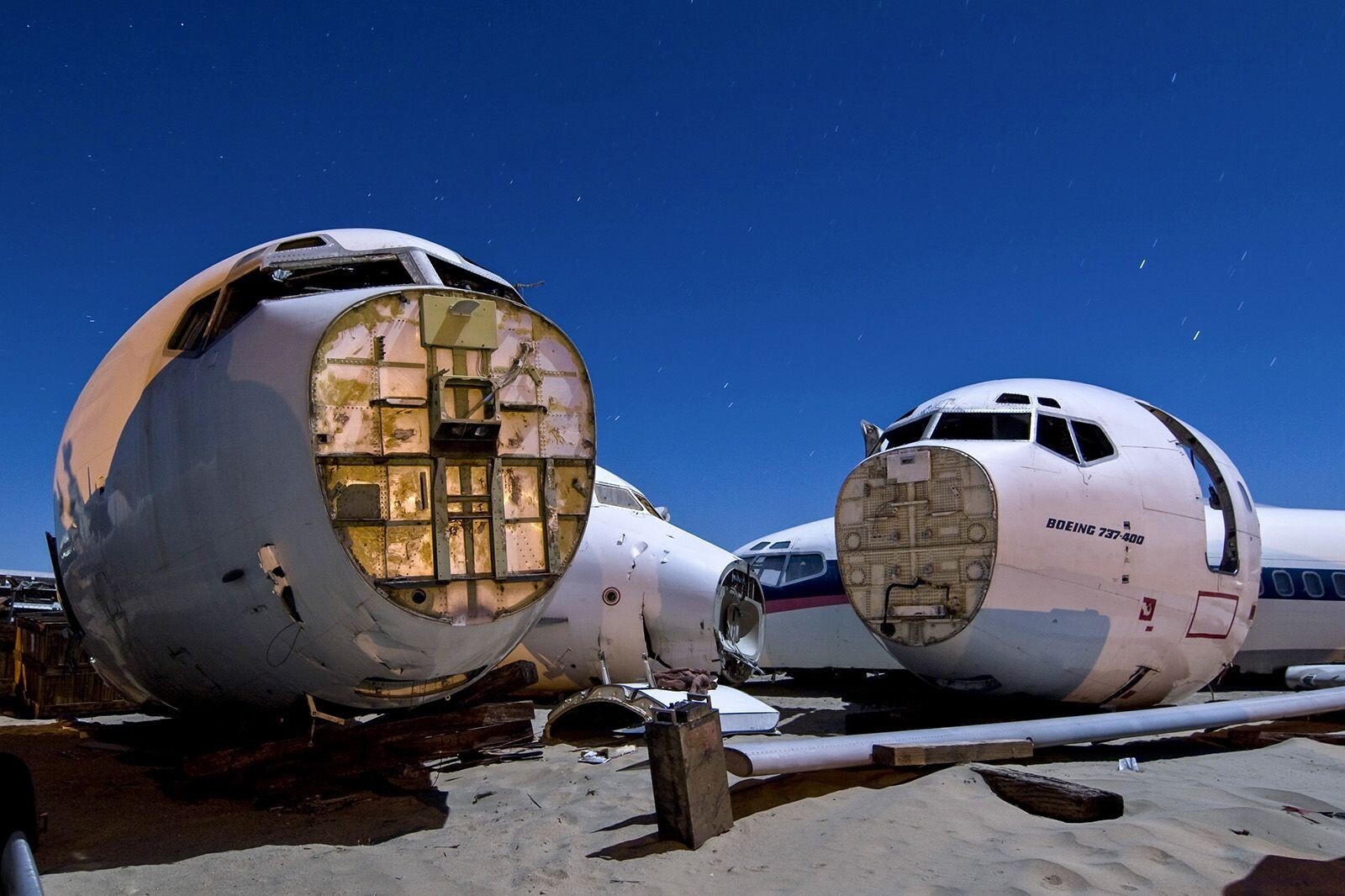

Nandina REM, a Singapore-based startup, recently launched a recycling initiative to prevent decommissioned airliners from becoming mere junkyard hulks by reclaiming and repurposing their valuable materials.

Nandina REM's visionary plan involves extracting high-quality aluminium and advanced-engineered materials from old planes to manufacture electric vehicle (EV) battery casings and other essential products. This initiative, driven by the company's mission to reduce environmental pollution significantly, targets a substantial cut in planet-warming emissions.
According to the company, approximately 8,000 old aircraft are currently languishing in jungles, deserts, and various other locations worldwide, with an additional 15,000 expected to join them within the next decade.
Karina Cady, CEO, said, "Reclaiming the valuable materials from these assets is a challenging process."
Nandina REM prides itself on its team of experts, each with decades of experience in circular economies, the aviation industry, and research and development. The company's advisory board includes Debes Bhattacharyya, a globally renowned carbon fibre expert. This wealth of expertise underscores Nandina REM's commitment to innovative and sustainable solutions, instilling confidence in the company's capabilities.
Nandina REM has set an ambitious goal: to eliminate one gigatonne (around 1.1 billion tonnes) of carbon emissions by 2030 by recycling materials from old planes. The abundance of aircraft aluminium alone can produce tens of millions of battery casings, while plastics and other materials can be repurposed into additional car parts. Moreover, carbon fibre recycling results in a high-strength product that reduces production pollution by 71 per cent, according to the company. This ambitious goal inspires hope and underscores Nandina REM's commitment to environmental sustainability.
The startup has already demonstrated the feasibility of its concept by reclaiming three large Boeing 767s.
Nandina demonstrated its concept by successfully reclaiming three large Boeing 767s. Cady stated that 90 per cent of the high-value, advanced materials from these planes can be repurposed. As part of their expansion strategy, they now plan to dismantle 40 aircraft.
"This needs to hit volumes that can get sufficient offtake agreements. But the demand and the support is there, and it's been full-on chasing planes and ripping them apart," Cady said.
Nandina REM's groundbreaking approach addresses the pressing issue of aircraft waste and contributes to the growing demand for sustainable materials in the electric vehicle industry. As the world grapples with climate change, innovative recycling efforts offer a glimpse of a more sustainable future.
The CEO informed that recycling an airplane takes approximately 30 days. The recovered aluminium is transformed into an EV battery casing within about two months. Cady noted that a single large aircraft could yield around 1,700 of these casings, thereby reducing the need for invasive bauxite mining, which is necessary for producing new aluminium from scratch.
Nandina's solution fosters a circular economy for critical commodities by utilising material from planes.
"Where there are challenges, there lie opportunities, as well," Jonathan Low, coordinating director of R&D for the Advanced Remanufacturing and Technology Centre in Singapore, said.



Responses






